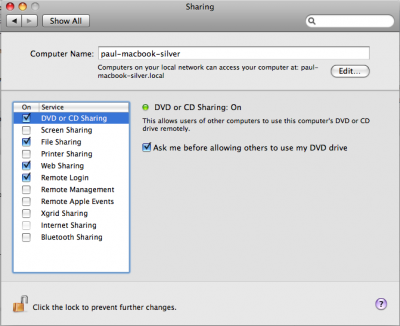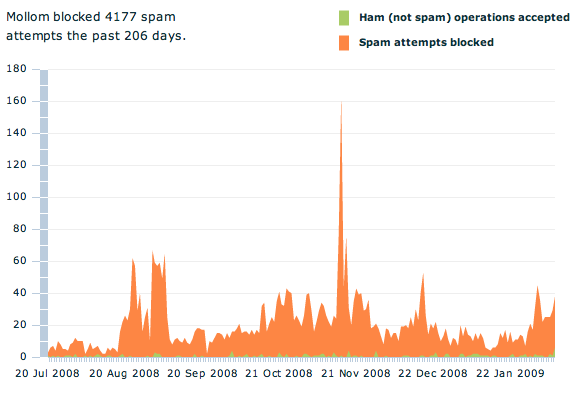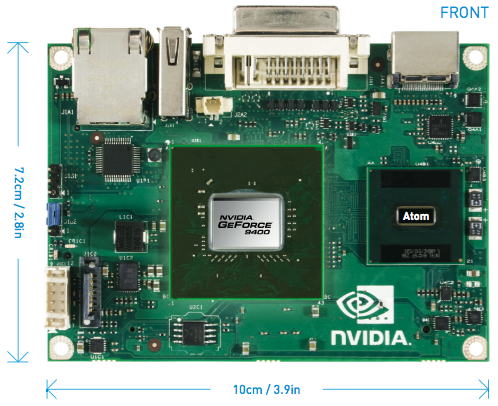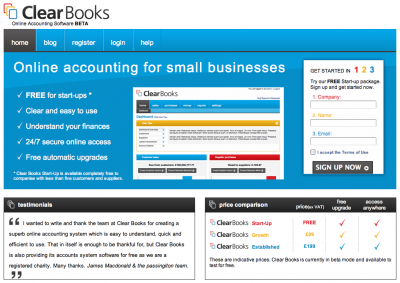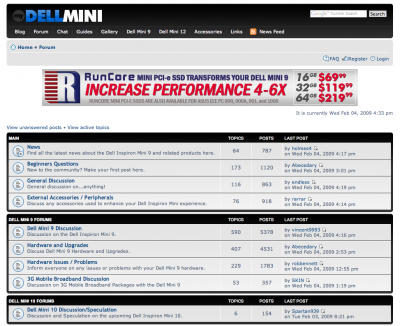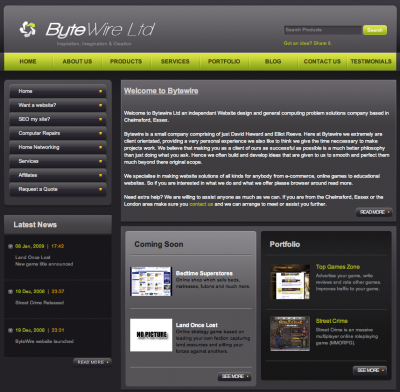Over the past year or so there has been a massive surge in the amount of companies offering Cloud Hosting services. In this post I’m going to outline the key players.
There are also some Cloud Management Platform providers, who generally offer tools to help you work with other Cloud Hosting services, these include:
And there are even some open source projects to help you build your own cloud:
- Eucalyptus – Elastic Utility Computing Architecture for Linking Your Programs To Useful Systems – is an open-source software project for implementing “cloud computing” on clusters. Essentially a vendor neutral, EC2 compatible cloud platform.
- Nimbus – An open source toolkit that allows you to turn your cluster into an Infrastructure-as-a-Service (IaaS) cloud.
Go Grid
Go Grid allows you to deploy and manage your own virtual servers from their control panel. The servers can be of 4 main types: Load Balancer, Web / App Server, Database Server and, Cloud Storage.
The site doesn’t give a lot of detail about what happens once you’ve created your servers, apart from to say they are Real servers with Full Access. Presumably you would then need to configure the software (Apache, IIS etc..) on each server individually.
Billing Model
GoGrid charges based on Server Ram Hours and outbound data transfer. CPUs and Storage are fixed relative to the RAM chosen for each vserver.
CPU’s are guaranteed at a minimum ratio of 1 Xeon Core per 4 GB of Ram, therefore if you create a server with 1GB of RAM, it will have 1/4 of Xeon Core reserved for it’s use.
| Server RAM |
Core Guaranteed
(P4 2.0 GHz equivalent) |
Core Burst |
| 512 MB |
1/8 |
1 |
| 1 GB |
1/4 |
1 |
| 2 GB |
1/2 |
1 |
| 4 GB |
3 |
3 |
| 8 GB* |
6 |
6 |
Storage is also determined by the amount of RAM chosen for each vserver, however additional storage can be made available through the Cloud Storage system.
| Server RAM |
Storage |
| 512 MB |
30 GB |
| 1 GB |
60 GB |
| 2 GB |
120 GB |
| 4 GB |
240 GB |
| 8 GB |
480 GB |
1 x 1GB RAM x 24 hours x 30 days = 720 Server RAM/hours.
Prices start from $0.19 per Server Ram hour, therefore a 1 GB / 0.25 Xeon Core machine would cost $136.80 per month. However this would drop as low as $57.60 on their Enterprise plan, with a minimum commitment of $2499.99 a month. Bandwidth charges would be on top of this, and they start from $0.50 per Gigabyte dropping to $0.17 per Gigabyte if you commit to 6 TBs a month ($999.99).
Summary
Go Grid is currently very much a “build your own cloud” solution. The system will not scale automatically to adjust to spikes in demand, you would need to anticipate them and create spare capacity in advance.
Amazon Web Services
Amazon Web Services consists of 3 main products:
- Elastic Compute Cloud (EC2) – A xen-based virtual server hosting platform. You can upload machine images to their platform, and then run them as virtual servers.
- Simple Storage Service (S3) – A cloud storage solution. Let’s you store files safely and reliably in the cloud.
- CloudFront – A content delivery network enhancement to S3 that copies your files to a global network of edge servers. Requests for files are automatically routed to the nearest edge location, so content is delivered with the best possible performance.
Billing Model
CPU power is measured in EC2 Compute Units. One EC2 Compute Unit provides the equivalent CPU capacity of a 1.0-1.2 GHz 2007 Opteron or 2007 Xeon processor. There are 5 main instance types, each providing a different level of processing power, storage and memory.
Prices for EC2 Unix / Linux instances hosted in the United States are as follows:
| Standard Instances |
Price |
CPU |
Memory (GB) |
Storage (GB) |
| Small (Default) |
$0.10 per hour |
1 |
1.7 |
160 |
| Large |
$0.40 per hour |
4 |
7.5 |
850 |
| Extra Large |
$0.80 per hour |
8 |
15 |
1690 |
| High CPU Instances |
| Medium |
$0.20 per hour |
5 |
1.7 |
350 |
| Extra Large |
$0.80 per hour |
20 |
7 |
1690 |
A small instance running continuously would therefore cost approximately 0.10 x 24 x 30 = $72 per month.
Bandwidth is charged on top of this at the following rates:
| Data Transfer In |
|
| All Data Transfer |
$0.10 per GB |
| Data Transfer Out |
|
| First 10 TB per Month |
$0.17 per GB |
| Next 40 TB per Month |
$0.13 per GB |
| Next 100TB per Month |
$0.11 per GB |
| Over 150 TB per Month |
$0.10 per GB |
Summary
Amazon web services is a very competitively priced platform that offers a great deal of flexibility, however it also requires a fair amount of technical expertise to get up and running and it doesn’t come with any load balancing system, so you would have to build your own.
To address these problems, some third party companies have emerged who offer control panel and management systems for AWS. Examples of such companies include RightScale and 3tera. Their products are sometimes referred to as Virtual Private Data Centres, or Cloud Management Platforms.
Rightscale offer Website Edition package, which comes with all the tools and images you need to deploy a load balanced web / database cluster on AWS. For $500 a month, it will let you manage up to around 20 servers.
